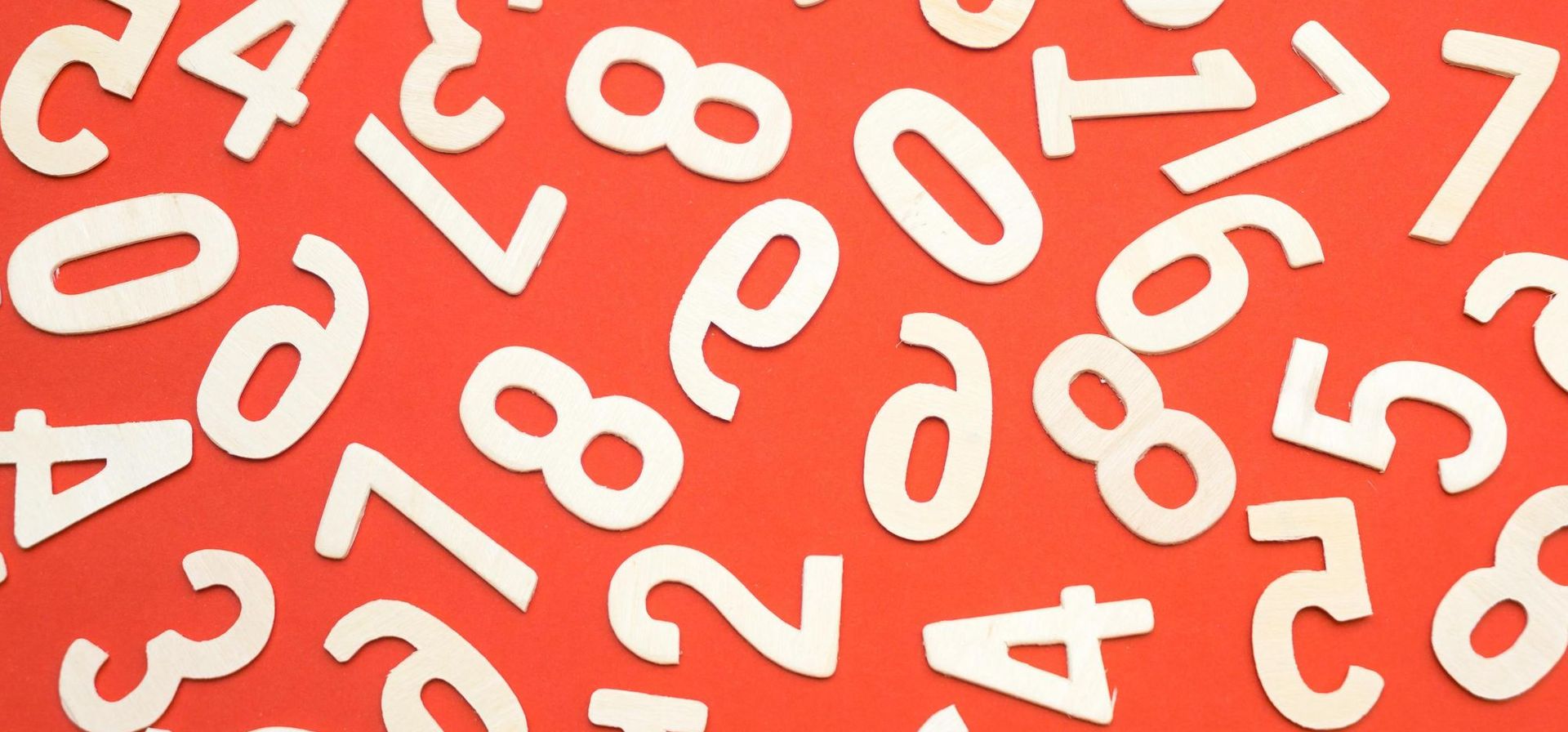
How did our digits come about?
We use just 10 digits - 0, 1, 2, 3, 4, 5, 6, 7, 8 and 9 - to write every number we know. But where did they come from? And why these ones?
Tally marks
In prehistoric times, there were no digits - and no writing either.
But people still needed to keep track of things. Like counting how many days had passed since the last full moon. Or how many sheep they had.
At first, people used to scratch marks, just simple lines, to count things. One line meant one thing. Two lines meant two. Seven lines meant seven. And so on.
People still use ‘tally marks’ like this today. For example, a waiter might use them to quickly note how many drinks to bring to a table.
Indians and Arabs
Tally marks are fine for small numbers, but not so much for big ones. Imagine trying to write the number 100 with tally marks. That’s100 lines! It takes ages to write, and even longer for someone else to count them all to know what it means.
So, people started inventing better ways to write numbers - systems that made counting easier. Over a thousand years ago, people in India and the Arab world came up with the number system we still use today, with just ten digits from 0 to 9.
With those, we can write any number we want: 365 days, 42.2 kilometres, -7 degrees... You don’t need much room to write even big numbers. And it’s easy to see right away what number it is.
Our ten digits are not just super handy for writing numbers - they’re also right at your fingertips. When you count on your fingers, you’re already using a system based on 10. So when you learnt to count on your fingers as a small child, you were also learning how numbers work.
Answered by Yannick Fritschy





